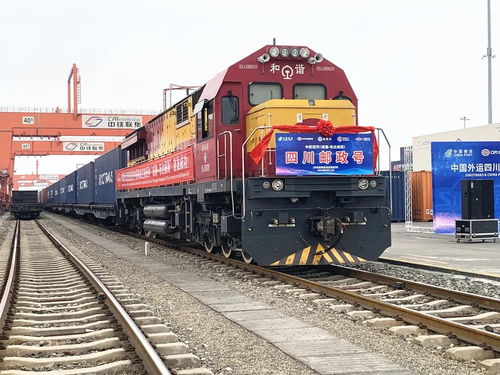什么叫全托管跨境电商
**外汇跨 Understanding CrossBorder Ecommerce in Foreign Exchange (Forex)
Crossborder ecommerce refers to online trade conducted between a business (seller) and consumers (buyers) from different countries. This form of commerce has become increasingly popular due to the rise of digital technology and the internet, enabling businesses to reach global markets more easily.

When discussing crossborder ecommerce in the context of foreign exchange (Forex), it typically refers to the buying and selling of goods and services across international borders with transactions denominated in different currencies. Here's a breakdown of key components:
1. Currency Exchange:
Crossborder ecommerce involves transactions in multiple currencies. Sellers accept payments in various currencies, and these payments need to be converted into the seller's local currency. This requires currency exchange services, which can be provided by banks, payment processors, or specialized currency exchange platforms.
2. Foreign Exchange (Forex) Risk:
Businesses engaged in crossborder ecommerce are exposed to foreign exchange risk. Fluctuations in exchange rates can impact the profitability of transactions, especially for businesses dealing with high volumes of international sales. Managing this risk involves strategies such as hedging or adjusting pricing to account for currency fluctuations.
3. Payment Processing:
Crossborder ecommerce platforms need robust payment processing systems capable of handling transactions in multiple currencies securely. Payment gateways play a crucial role in facilitating transactions by processing payments from buyers in their respective currencies and converting them for sellers.
4. Regulatory Compliance:
Operating in multiple countries means businesses must navigate diverse regulatory environments. This includes compliance with foreign exchange regulations governing currency conversion, tax laws, import/export regulations, and consumer protection laws specific to each market.
5. Logistics and Shipping:
Crossborder ecommerce requires efficient logistics and shipping solutions to deliver goods to international customers. Businesses must consider factors such as shipping costs, customs duties, import/export restrictions, and delivery times when fulfilling orders across borders.
6. Localization and Customer Experience:
Providing a seamless customer experience is essential for success in crossborder ecommerce. This involves localization efforts such as translating product descriptions, offering local payment methods, and providing customer support in the buyer's language to enhance trust and satisfaction.
7. Market Research and Targeting:
Understanding the preferences, buying behavior, and cultural nuances of target markets is crucial for effective crossborder ecommerce. Conducting thorough market research helps businesses identify opportunities, assess competition, and tailor their offerings to meet the needs of diverse international audiences.
In summary, crossborder ecommerce in foreign exchange entails conducting online trade across international borders with transactions involving different currencies. To succeed in this global marketplace, businesses must address challenges related to currency exchange, foreign exchange risk, payment processing, regulatory compliance, logistics, localization, and market research. By employing effective strategies and leveraging technology, businesses can unlock the potential for growth and expansion in the increasingly interconnected world of ecommerce.











